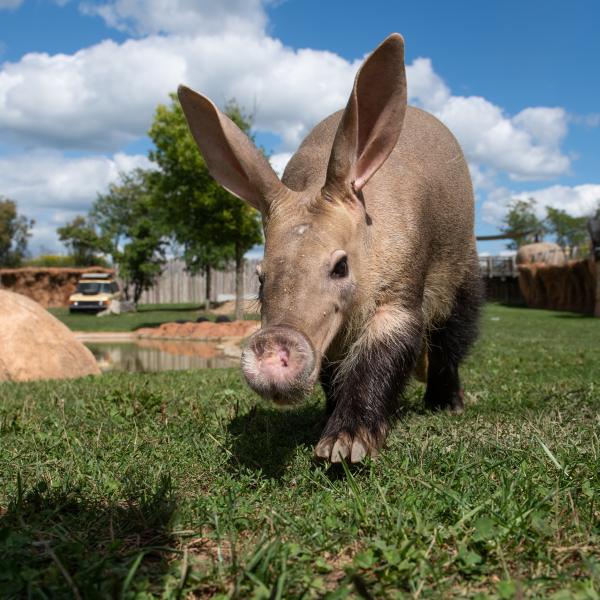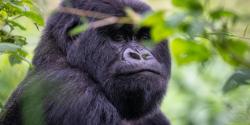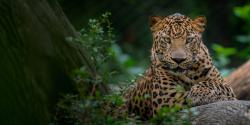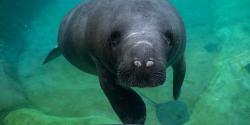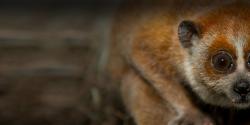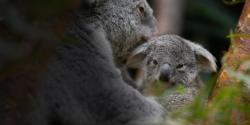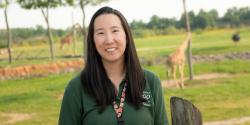The aardvark, which means “earth pig” in early Afrikaans, is named for its pig-like digging habits. These animals are known for their amazing ability to dig. In less than a minute, an aardvark can create a hole that’s big enough for it to hide in!
Aardvarks are considered a keystone species, meaning that they are very important for the health of their ecosystem. When they stop using their burrows, other animals can move in and make use of those spaces.
Scientific Name: Orycteropus afer
Conservation Status: Least Concern
Size: Length can range from 3 to 5 ft., with a shoulder height of 2 ft.
Weight: 90 to 180 lbs.

